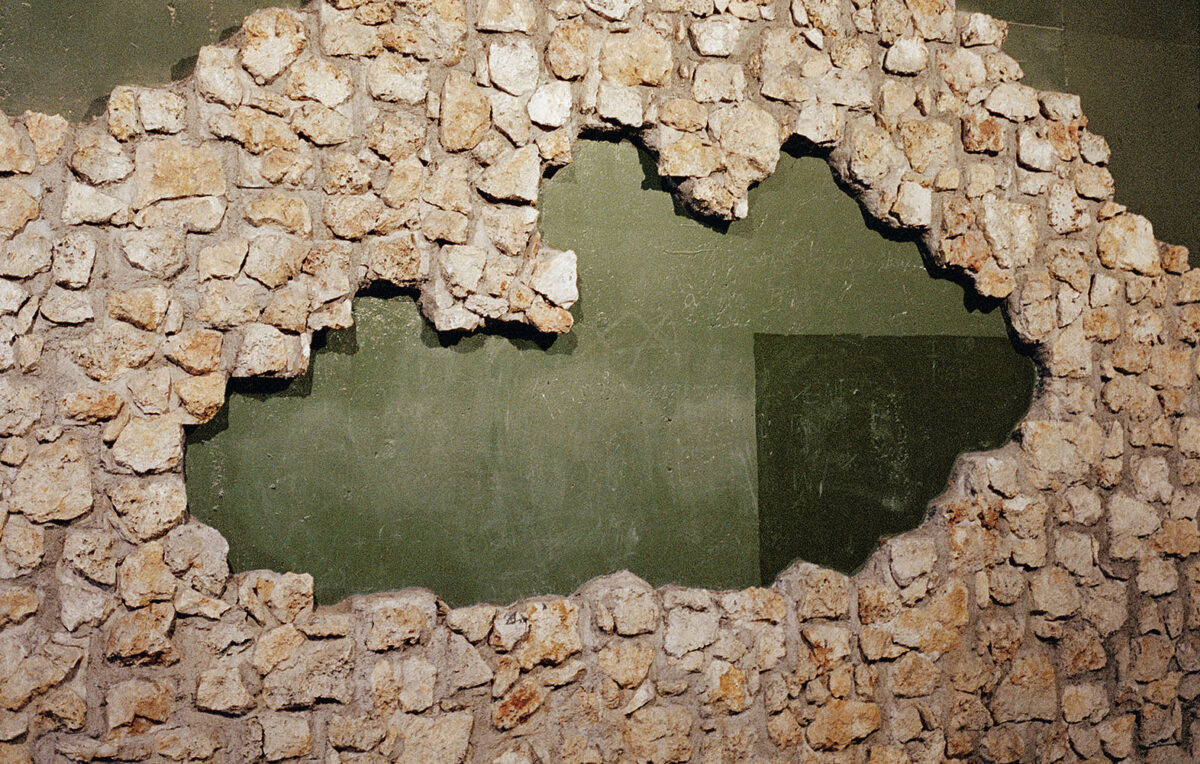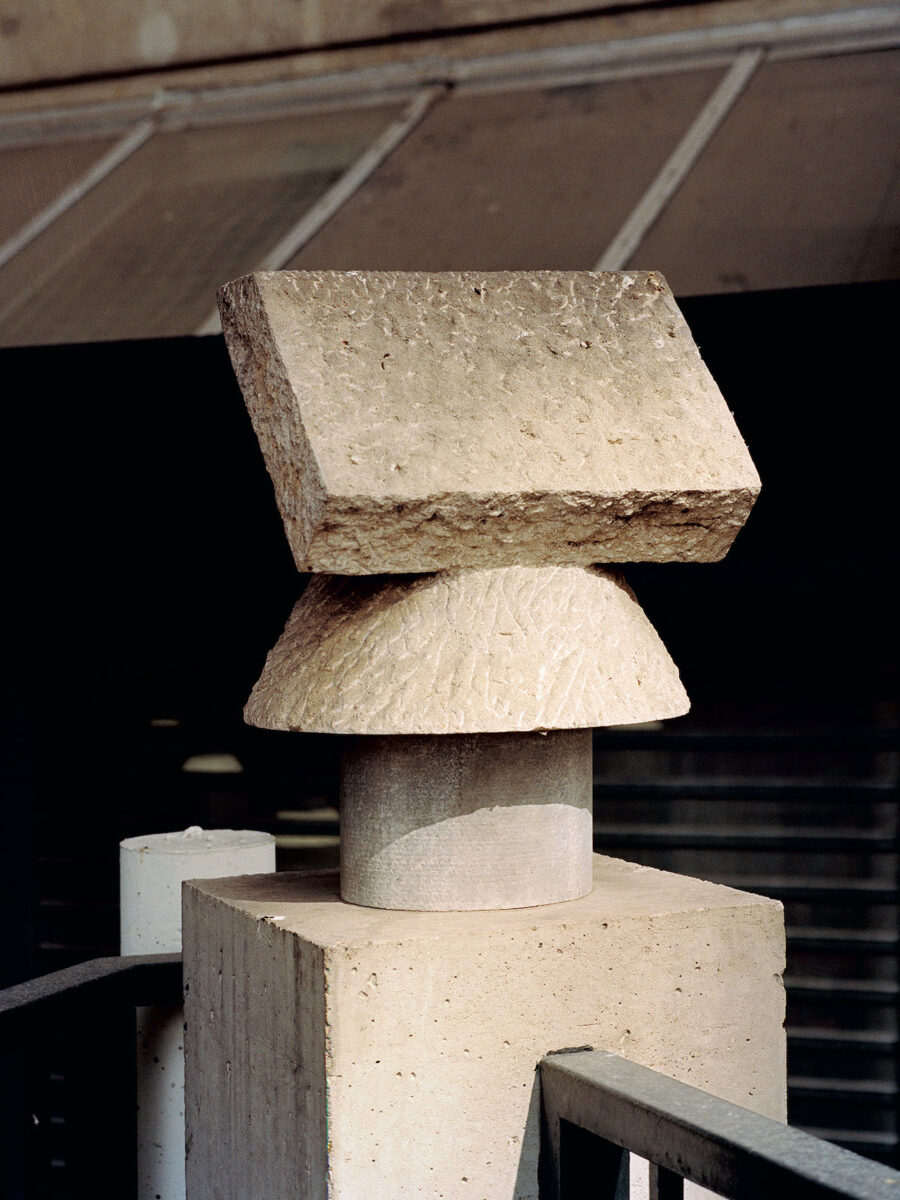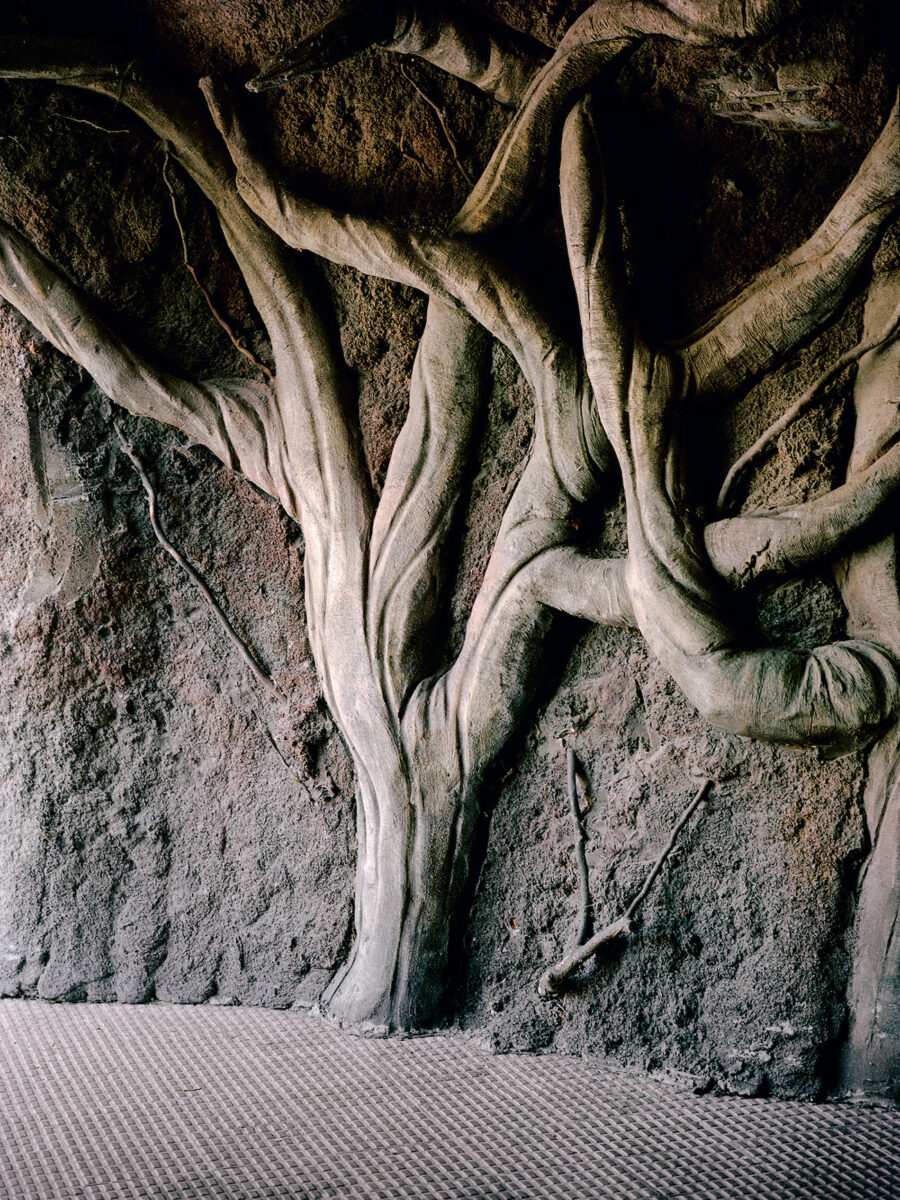New book Double Orbit from photographer Grégoire Pujade-Lauraine captures the strange everyday of our built environment

Double Orbit, a new book from French photographer Grégoire Pujade-Lauraine, is a reflective visual study of everyday built environments on the peripheries of large metropolises across Europe and the US. The images reveal the sometimes cryptic symbols hidden in buildings, etched across their surfaces or embedded in their shadows.
While one by one the photographs seem to capture the mundanity of the overlooked urban environment, together they tell a story of how our buildings mirror, and shape, society. ‘By representing details of our man-made built environment, [the images] convey a sense of wonder at the enigma of our visual surroundings, like a labyrinth of involuntary symbols connecting to one another,’ Pujade-Lauraine tells ICON. The photographs reflect, he adds, ‘on the silent life of the world we have constructed for ourselves.’
Here, Pujade-Lauraine tells us the stories behind some of our favourite images from the book:

‘This architectural element links a 19th-century edifice (on the right) and a much more recent, mirrored building (on the left). As it turns out this falls between what are nowadays a bank (the older, more elaborate one) and a student healthcare and immigration centre. It reminded me of a contemporary, somewhat pastiched Bridge of Sighs. The confrontation of eras (down to the Palladian, antique-inspired temple elements) and the floating, mirrored, uncanny structure drove me to try and convey through this photograph the idea of cycles of time and space being intertwined.’

‘A sunset on an otherworldly grid of white pyramids, this is incidentally part of a swimming pool complex in London. The location is pretty much where the Crystal Palace used to stand. “Crystal Palace” was actually the early working title for this book, it conveyed the ambiguity of being inner and outer, sturdy and fragile – a palace made of crystal, and, in the case of the more famous London iteration, one that was eventually burnt to the ground.’

‘This is a concrete adornment of a flight of stairs in a utopian mix of 1970s commercial and residential architecture in the northern suburbs of Paris – an architectural conception based on the notion of ‘islands’, that has proven with time to backfire at least in socio-economical terms. The abstract yet complex form evoked, to me, representations of the Tablets of the Law, but also more playfully a sort of petrified version of some of the early colourful semi-transparent iMacs; in short, spirituality, technology, hope and utopia, magnified by the eerie filtered light falling on it.’

‘This is from a pretty old-school zoo in Spain. Strangely this is one of the more organic forms in the book, concrete trees more lively than the Martel Brothers’, toying with the contradiction of being seemingly living and motionless; real, tangible, yet an imitation. The softness of the lateral light enhances their monochromatic volume, as if they were snakes, or arms, or ropes, ready to reach out through their entanglement.’

‘I know very little of this sculptural stone wall, but this photograph was taken probably in 2009 or 2010 in the southern vicinity of Paris – the wall has been destroyed since. I remember it to be under a tunnel, part of a series of decorative mock-architecture along a canal. I think I kept the image all this time as it harboured ideas of absurd undertakings, like an allegory of our human constructing folly.’
Double Orbit is published by MACK


















